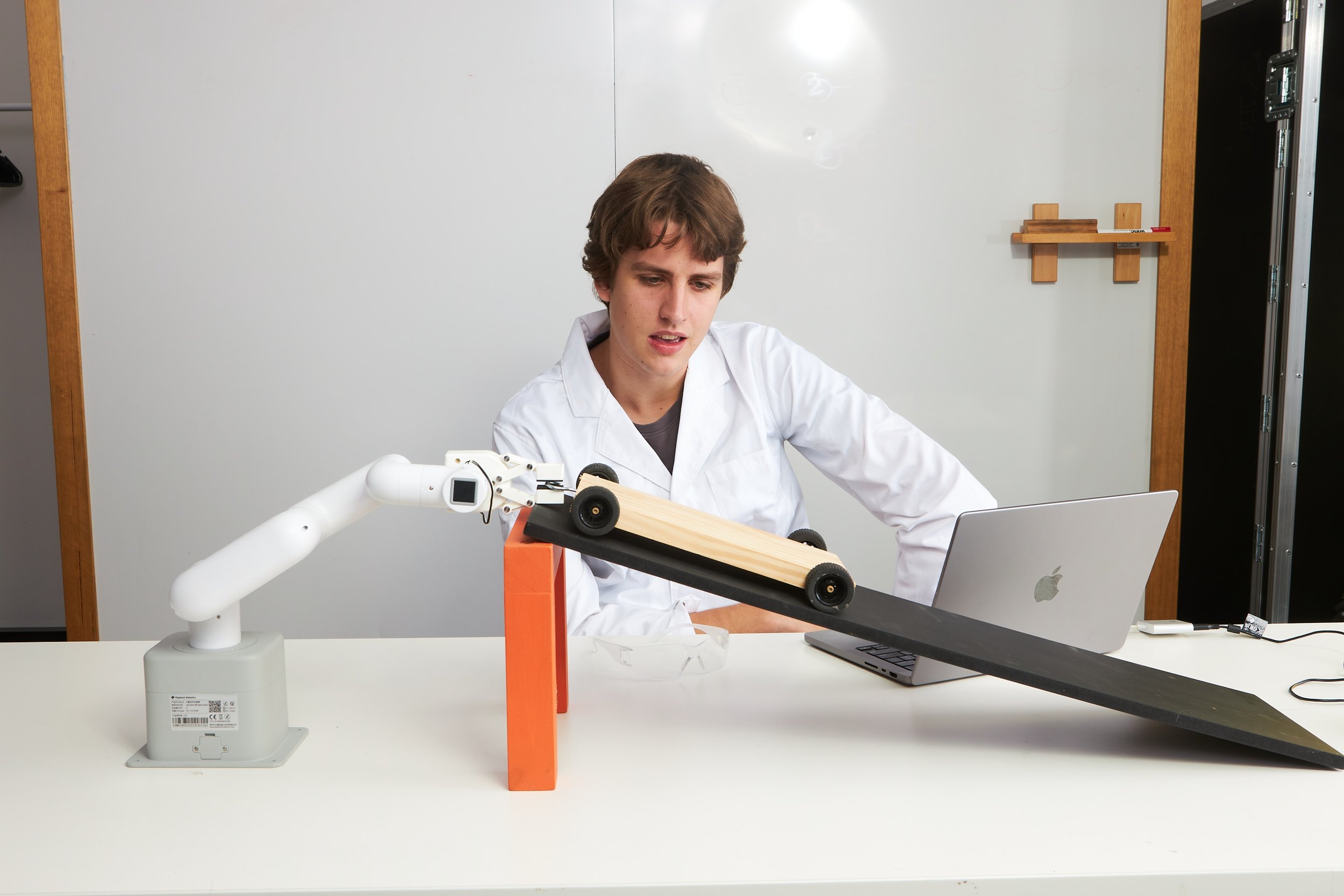What is an Actuation System?
An actuation system is the mechanism that converts energy into motion, allowing a robot to perform physical tasks such as moving, gripping, or interacting with the environment. It is a key part of a robot’s locomotion (movement) and manipulation (interaction with objects).
Types of Actuation Systems
1. Electrical Actuation System
• Uses electric motors to generate motion.
• Types of Electric Actuators:
• DC Motors: Used in mobile robots (e.g., robotic wheels, drones).
• Servo Motors: Precise motion control (e.g., robotic arms, humanoid robots).
• Stepper Motors: Rotational control for high precision (e.g., 3D printers, CNC robots).
• Advantages: Efficient, precise, and easy to control.
• Example: Robot arms for manufacturing driven by electric motors.
2. Hydraulic Actuation System
• Uses pressurized fluid (oil/water) to create movement.
• Common in: Heavy-duty robots, exoskeletons, industrial applications.
• Advantages: High power and force output.
• Disadvantages: Have complicated and heavy compressors.
• Example: Hydraulic robotic arms used in construction.
3. Pneumatic Actuation System
• Uses compressed air to generate motion.
• Common in: Soft robots, automation systems.
• Advantages: Lightweight, fast, and safe for human interaction.
• Example: Soft robotic grippers used in food packaging.
4. Shape Memory Alloy (SMA) Actuators
• Uses materials that change shape when heated or electrically activated.
• Common in: Miniature robots, medical applications.
• Advantages: Lightweight, silent operation.
• Example: Artificial muscles in robotic prosthetics.
5. Piezoelectric Actuation System
• Uses piezoelectric crystals that expand or contract when voltage is applied.
• Common in: Microrobots, high-precision applications.
• Advantages: Very precise, operates at micro and nano scales.
• Example: Piezoelectric motors in optical instruments.
How Robots Use Actuation Systems
• Humanoid Robots: Use electric actuators for smooth human-like movement.
• Industrial Robots: Use hydraulic actuators for powerful, precise motions.
• Soft Robots: Use pneumatic actuators for flexible and safe interactions.
• Autonomous Vehicles: Use a combination of electric and hydraulic actuators.
How does an Actuation System Work?
An actuation system works in three main steps:
1. Input Signal: The control system (e.g., microcontroller) sends a command.
2. Energy Conversion: The actuator converts electrical, hydraulic, or pneumatic energy into mechanical movement.
3. Motion Execution: The movement is transmitted to the robot’s wheels, arms, legs, or other components.
